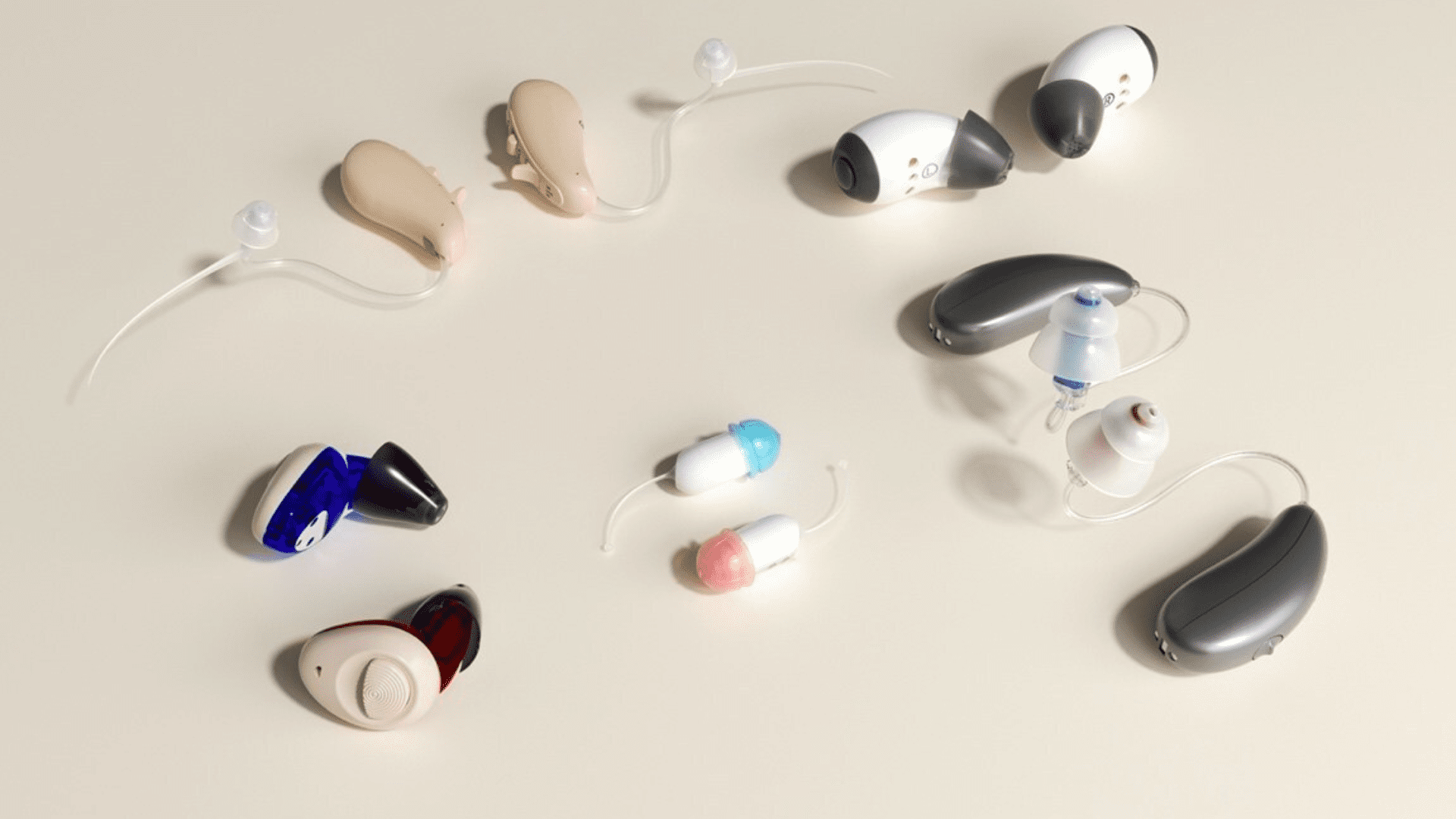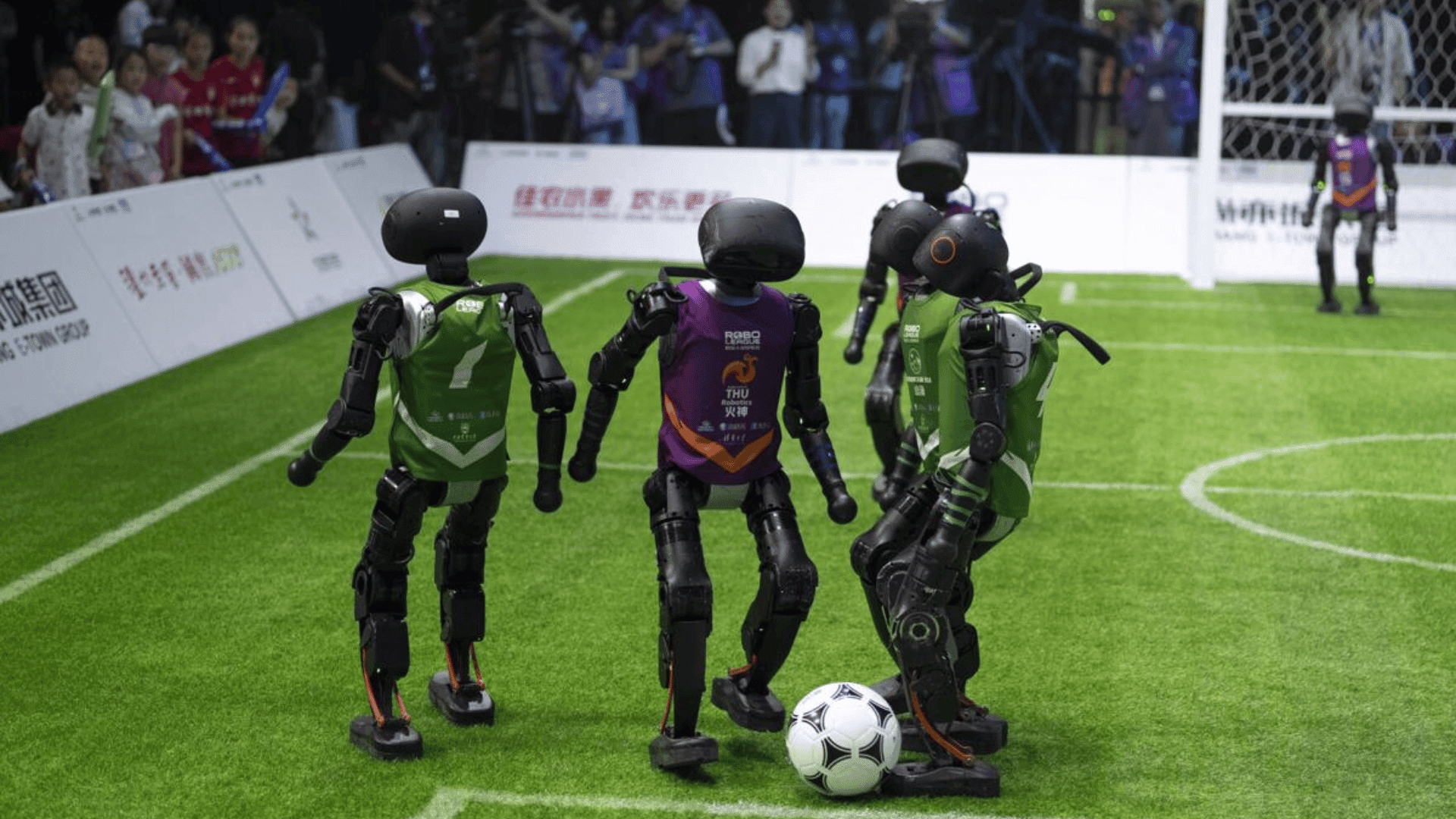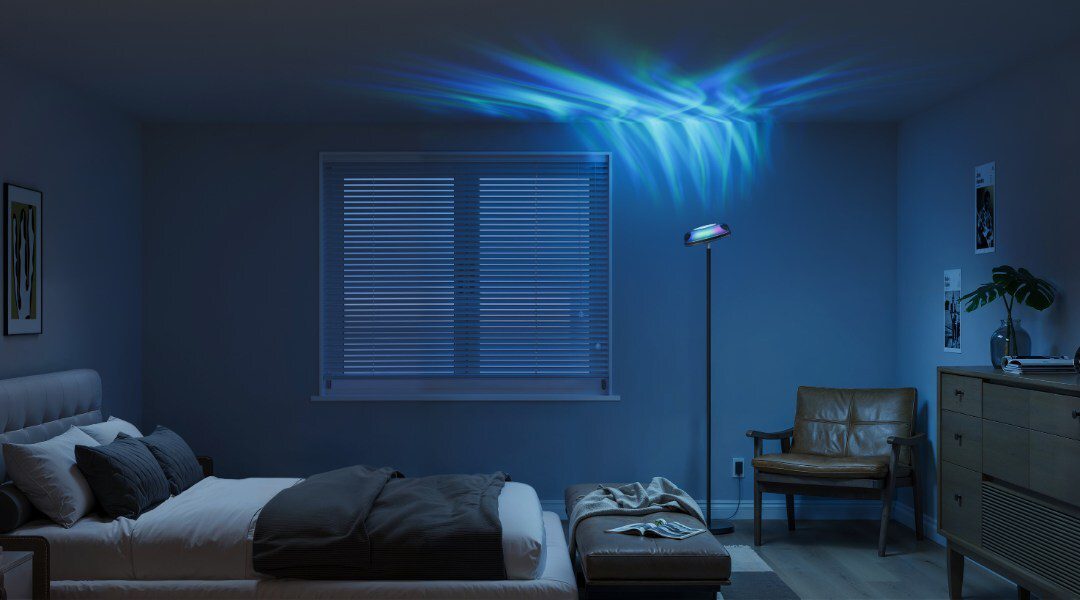It’s usually easy to identify what medium or subject an artist is most comfortable with. For example, a painter with an emphasis on still-life is pretty self-explanatory. They may branch out to other topics or materials on occasion, but most artists have a niche and a solid identity. And then there are artists like Quayola.
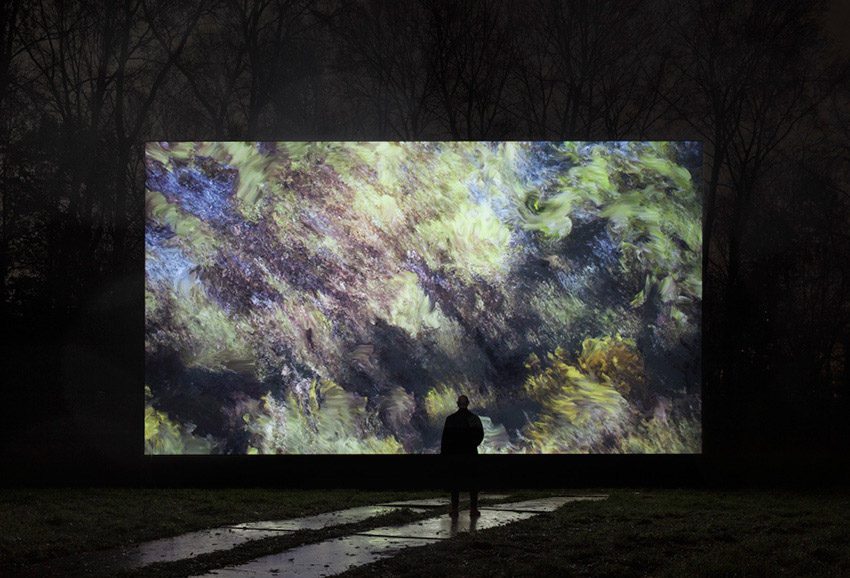
Born in Italy, Davide Quagliola (better known as Quayola) is a London-based visual artist, best known for his blending of computer programming and classical art. His goal is to enhance existing art through video installations and running them through various pieces of software. According to his website, “he investigates dialogues and the unpredictable collisions, tensions, and equilibriums between the real and artificial, the figurative and abstract, the old and new.”
Blending Technology and Art
In layman’s terms, Quayola uses modern technology in conjunction with traditional art to create a new experience based around showing the similarities (and differences) of both. In October of 2018, for instance, he programmed a robot to make sculptures, rather than carve them himself. Specifically, he asked the robot to recreate iconic statues but in an incomplete (and therefore unique) state. One of these statues was Laocoon, based on the ancient Laocoon and His Sons.
Because of the medium he uses, Quayola has been lucky enough to gain exclusive access to record or visit restricted areas at popular art exhibits. He has filmed inside the Vatican and has worked on site throughout Europe at locations like the Notre Dame after being commissioned to create pieces.
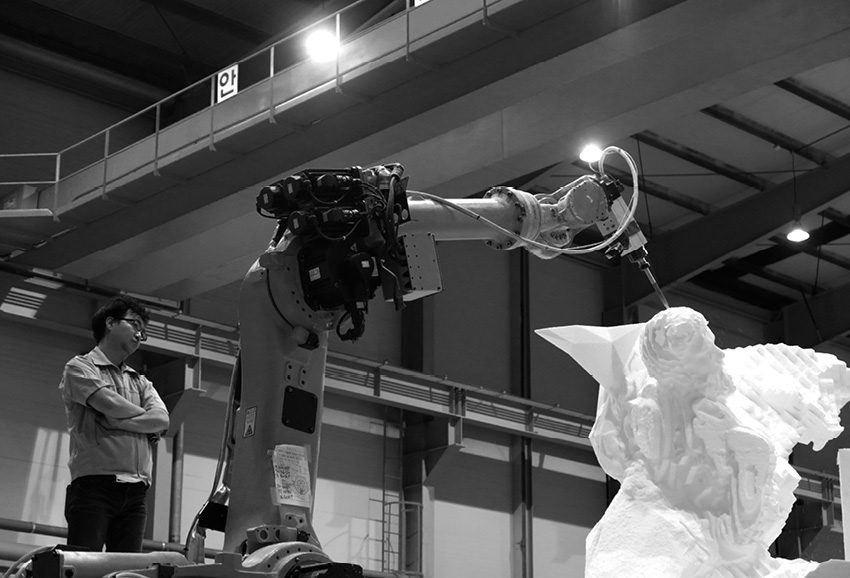
As an audio-visual artist, Quayola uses both video and sound to immerse his viewers and further enhance the experience. Jardins d’Été (Summer Gardens) is one of his works particularly dependent on sound. In an interview with Arshake.com, he explained:
“In all my video works sound plays a crucial role. It is very important for me to have something so ephemeral like a digital video/animation become tangible, almost physical. Highly synchronized sound help bringing my digital works into this physical realm, so the spectator really engages with them as sculptural objects. In Jardins d’Été the sound is processed in a similar way to the video – original recordings of various organic textures are processed with various algorithms following the dynamics of the animated paintings simulations.”
Interestingly, Quayola does upload the video from his exhibits online, or at least partially. They can all be found on his Vimeo page with notes in the description on what the project is and how he went about creating it. Similarly, many of his works can be found on Instagram. While this is pure speculation, this usage of the internet and social media does blend in nicely with his mission statement. He’s using technology to enhance existing art and expand its audience- in this case, his own.
Jardins d’Été — Teaser 2 from Quayola on Vimeo.
Despite the technological aspects of his work, Quayola does believe that they still have the same essence of the works of the masters before him. “A lot of what I do is actually very painterly,” he told Uncube Magazine, “so regardless of the medium, the works are very traditional in a sense.” He has a point- he must be diligent and careful when writing code or editing one of his videos. It may not match up exactly with what most consider to be “traditional” art, but that’s alright by him. To Quayola, there’s no such thing as traditional art. There’s just what is old and what is new. It’s safe to say he is very much on the “new” side.
Follow our World of Creation where “what if” becomes “what is.”



